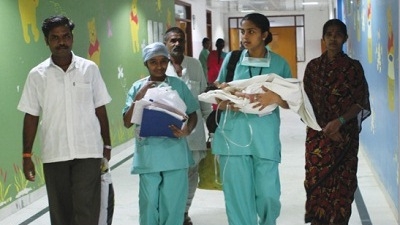Health spending is one of the important causes of poverty in India. The country’s public financing for health care is less than 1 percent of the world’s total health expenditure, although it is home to over 16 percent of the world’s population. Families meet almost 70 percent of their health expenses out of their own pockets, placing considerable financial burden on poor households, often pushing them deeper into poverty.
As India contemplates a significant increase in public spending on health care, the World Bank has carried out the first comprehensive review of India’s major government sponsored health insurance schemes.
The report, “Government-Sponsored Health Insurance in India: Are You Covered?”, authored by Gerard La Forgia and Somil Nagpal, finds that over the last five years, government-sponsored schemes have contributed to a significant increase in the population covered by health insurance in the country, scaling up at a pace possibly unseen elsewhere in the world.
Over 300 million people, or more than 25 percent of India’s population, gained access to some form of health insurance by 2010, up from 55 million in 2003-04. More than 180 million of these were people below the poverty line.
Given these trends, the report projects that more than 630 million persons, or about half of the country’s population, can be covered with health insurance by 2015. By this time, spending through health insurance is also likely to reach 8.4 percent of total health spending, up from 6.4 percent in 2009–10, the study says.

